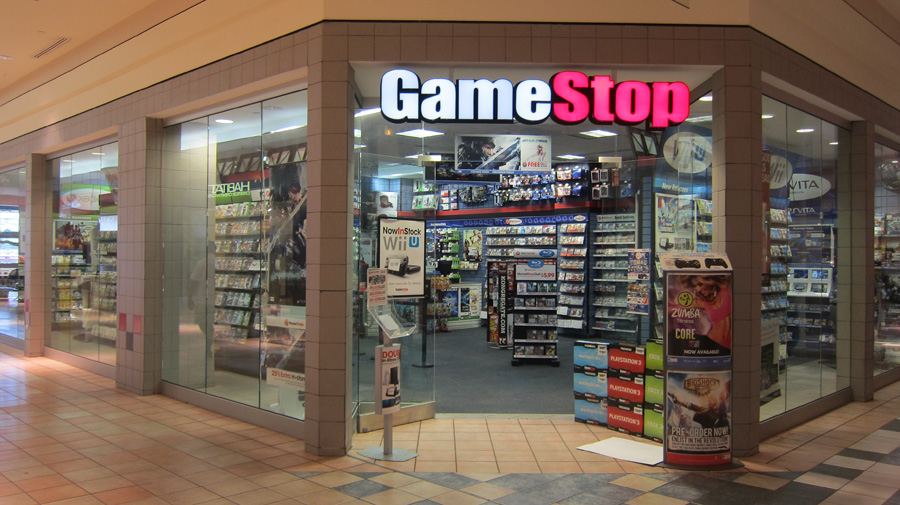
Lately there’s been a lot of talk about how the “big” board brands in skateboarding have lost touch with their core roots. How they are selling a watered-down version of our culture at malls and high street chains. And how an avant-garde group of famous pros is starting new, independent board brands to rage against the machine.
Rebellion! Revolt! The start of a new era?
It’s true, the big board brands tend to be a bit “plain vanilla” in terms of their (inoffensive, mall-friendly) board graphics and marketing messages. (“Future Nature? What a wholesome message for the kids!”) Then again, these huge board brands are selling to international retail conglomerates, some with over 1,000 stores around the world – Zumiez, for instance – and there is a certain formula behind catering to these customers. It’s kind of like the mall food court, a low common denominator everyone can sink their teeth into.
But before pointing the finger at the “corporate” sell-outs among the brands producing our skateboard decks – none of which are actually “corporate” in the way huge athletic footwear conglomerates are actual incorporated entities – let’s take a step back and remember that actually, it could be much, much worse.
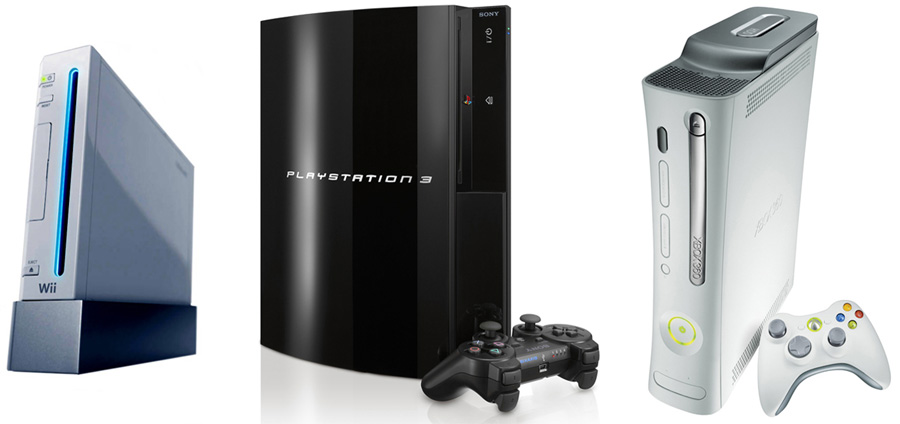
In order to really get an idea of what an industry looks like when only a handful of “big guys” define almost the entire creative output, we need to look no further than the video games business. Skateboarders have always been fascinated with video games – remember Jeremy Klein’s video part in Rubbish Heap, cued to a Duck Tales video game soundtrack? And when Tony Hawk‘s Pro Skater was released in September 1999, it would sell five million units by 2001, making it the best-selling video game ever at the time. For many of us, games and skateboarding go hand-in-hand. Come home from the session, fire up the Playstation and call the homies over.
”It’s kind of like the mall food court, a low common denominator everyone can sink their teeth into.”
From an industry perspective, video games also offer strong parallels to skateboarding: Both started as illegitimate offshoots – skateboarding from surfing, video games from scientific computer laboratories – and found their own footing through periods of rapid refinement driven by core practitioners. Refinement driven by nerds, actually, the ones who held on and kept at it when nobody thought it was cool – before everyone sliding their sausage fingers across their iPhones thought they were “gamers” and before everyone mall-grabbing a longboard thought they were “skaters.”
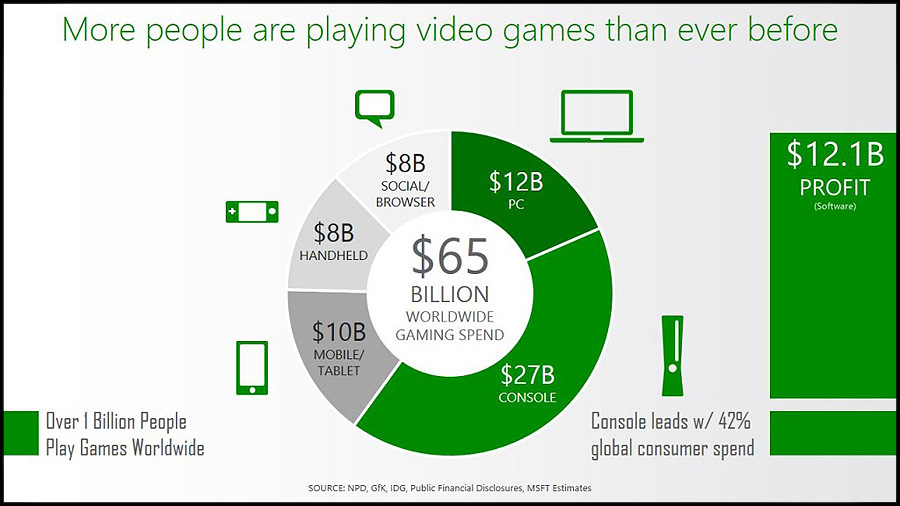
Times have changed. Today, both skateboarding and video games are mainstream pastimes and lucrative markets. And that’s an understatement because while skateboarding generates a whooping $4.8 billion a year in worldwide sales according to the International Association of Skateboard Companies, video games have grown into a monstrous $93 billion per year market (2013), creating more revenues than Hollywood movies.
But all these truckloads of cash come at a major price, creatively speaking…
In the early 1990s, development budgets for making top-notch video games ranged around $100,000 a piece. Today, technology is so advanced that state-of-the-art games cost hundreds of millions to produce. As a result, big studios are banking on proven sellers – the “plain vanilla” everyone at the local GameStop store will like – for maximum returns on their investments. Which means everyone is making sequels to top-selling classics instead of potentially burning their fingers trying to cook up a hot new dish. And the recipe is working: The latest Grand Theft Auto game, GTA V, cost about $137.5 million to make and grossed $800 million in sales on its first day(!).
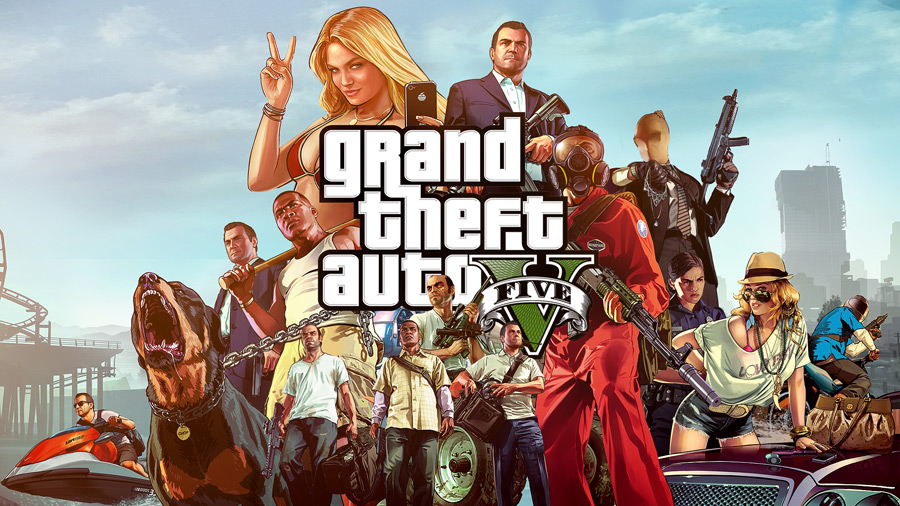
Looking at up-to-the-minute video games sales charts, today’s Top 10 games are actually all part of mega franchises with big budgets – and largely the same storylines. Every single game is a sequel, from Pokemon X/Y, to FIFA Soccer 14, Kirby: Triple Deluxe, and Call of Duty: Whatevs. Independent games are a breath of fresh air in today’s business, creatively speaking, but they lack the financial muscle to offer high-end graphics and voice acting by 50 Cent (Call of Duty: MW2; budget $50 million).
That’s like walking into a skate shop and seeing a board wall with hundreds of pro model boards – but only for ten to twelve different pros, produced by a handful of big companies. Imagine every pro board graphic as a sequel to the previous one, and all boards in a collection featuring similar, never-changing art styles. Like, every board featuring the pro skater’s name in the same boring, Helvetica-like typeface on a monochromatic background next to some generic “tree” or “water” symbol in an unending parade of sameness… wait, they actually do have those at Zumiez. Sorry…
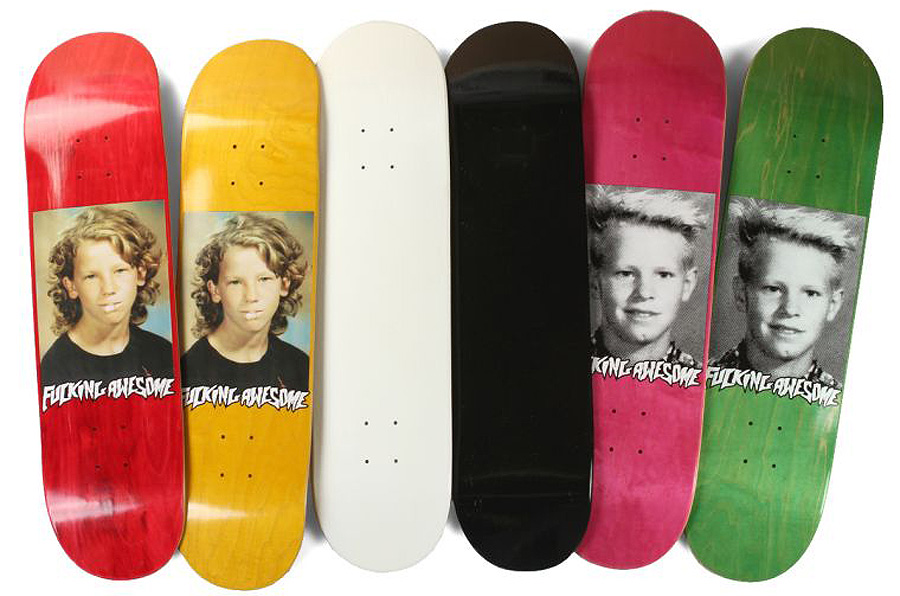
Fortunately, skateboarding is far more democratic compared to video games. There are currently about 50–70 skateboard deck companies in the U.S., depending on your definition of what constitutes a “brand” (distribution, number of pros, advertising etc.). And it is safe to say that the top 10 brands in most skate shops, depending on geographic region, will include the likes of Element, DGK, Real/DLX, Baker, Girl/Chocolate, Alien Workshop, Toy Machine, Creature, Plan B, Deathwish, Zero, Blind, Almost, enjoi and Krooked. But as opposed to the video games industry, where independent games often don’t even make it onto the store shelves, these large skate deck brands are displayed right next to upstart labels such as 3d, Fucking Awesome, Welcome, Polar and Hopps to name but a few.
Plus, there are no million-dollar production budgets involved in getting a board up on the shop wall. If you happen to have $3,000 to throw down, as well as rudimentary Photoshop or Illustrator skills and the right contacts, anyone can get 100 boards made at a decent quality level. And while independent board companies, in most cases, are not going to make any money, they offer a chance to get fresh, new voices into the mix. Independent company owners can cultivate their own flavor, their own vision of what skateboarding is fundamentally all about, and be on the shelf right next to the big guys (if skate shops actually choose to order their brand).
So the next time you hear anyone complaining about the “corporate” takeover or lack of creativity in skateboarding, politely point out that it’s not as bad is it could be – at least not in the boards segment. Corporate involvement in skate footwear, on the other hand… that’s a whole different story.
Related Posts
Comments
Popular
-
 RECONTEXTUALIZING ZAK ANDERS, ONE OF TODAY’S MOST MYSTIFYING SKATERS
RECONTEXTUALIZING ZAK ANDERS, ONE OF TODAY’S MOST MYSTIFYING SKATERS
"I don’t want to be this brutal punk that hates everything that people like, and I’m trying really hard to undo that."
-
 RARELY SEEN PHOTOS FROM READ AND DESTROY, THE BELOVED BRITISH SKATE MAG
RARELY SEEN PHOTOS FROM READ AND DESTROY, THE BELOVED BRITISH SKATE MAG
Check out early documentation of London's Southbank, vert ramps tucked into Lord of the Rings-level forests, and everything in between.
-
 NAVIGATING SKATING’S HIGHS AND LOWS WITH MATT MILITANO
NAVIGATING SKATING’S HIGHS AND LOWS WITH MATT MILITANO
Over coffee and cigarettes Matt talks prank shows, ABDs and his love for the VX.
-
 A CHAT WITH LUDVIG HAKANSSON, THE OLDEST SOUL IN SKATEBOARDING
A CHAT WITH LUDVIG HAKANSSON, THE OLDEST SOUL IN SKATEBOARDING
The man loves to read Nietzche, skates in some expensive vintage gear, and paints in his own neoclassical-meets-abstract-expressionist style.
-
 MEET THE SEATTLE ARTIST WHO DESIGNED A BACON ’N EGGS INSPIRED SKATEPARK
MEET THE SEATTLE ARTIST WHO DESIGNED A BACON ’N EGGS INSPIRED SKATEPARK
Breakfast-obsessed skaters rejoice!


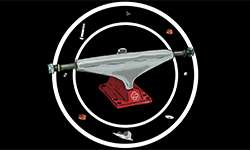
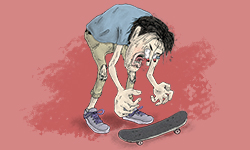
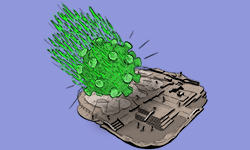

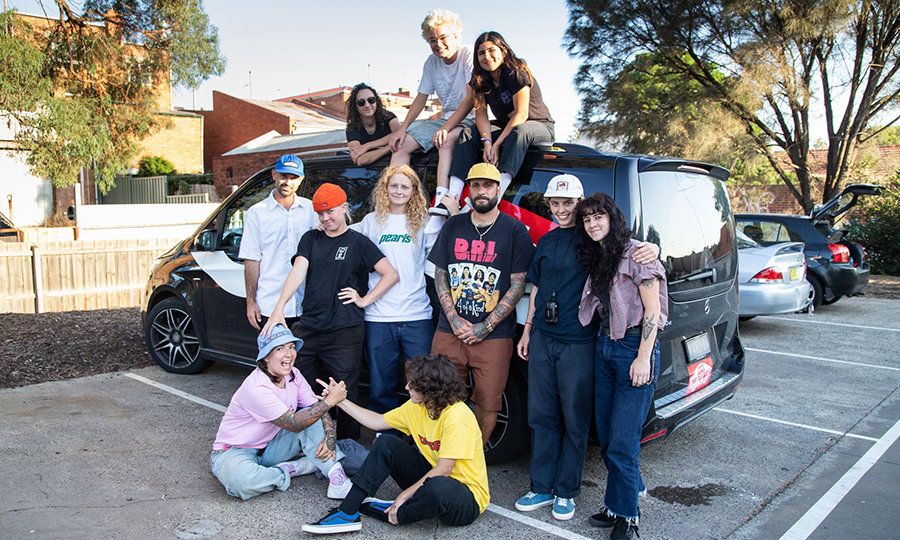
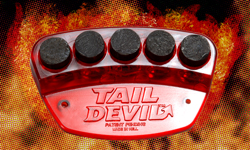
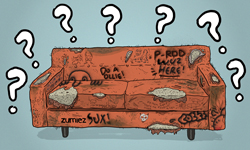
March 10, 2014 2:10 pm
Indie Games are huge right now, the argument doesn’t really fit that well anymore.
March 10, 2014 4:42 pm
Steam>Gamestop
March 10, 2014 8:38 pm
Love the last line, it’s a great cliffhanger
“Corporate involvement in skate footwear…”
March 11, 2014 12:39 am
No matter how big dlx gets, I’ll back em, Jim sent me a box simply because of a nice comment on Instagram, that’s pretty tight to me.